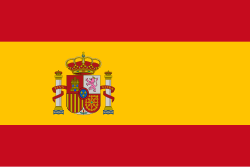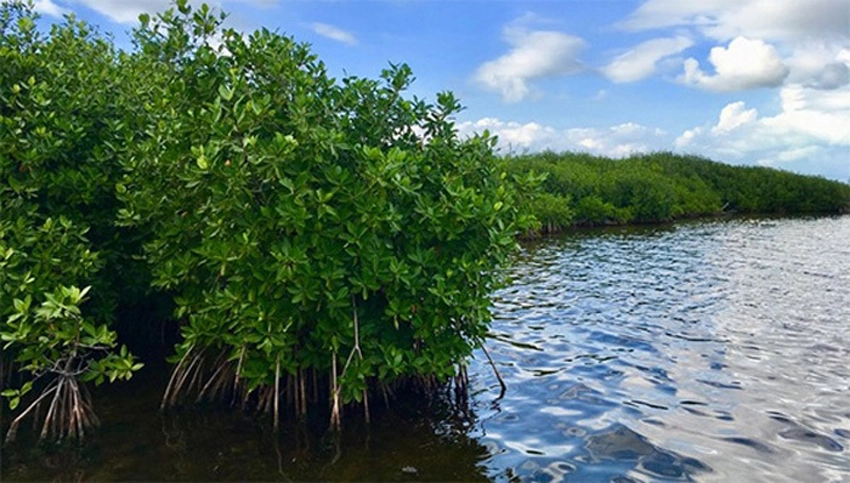The Ministry of Science, Technology and Environment (Citma in the Spanish acronym) in the province of Holguin works to preserve the wetlands of this eastern territory, concentrated in the North of its geography.
These ecosystems include inland coastal and marine habitats that are temporarily or permanently flooded, which have a favorable impact on reducing the effects of climate change.
Geovanny Zaldívar Martínez, deputy delegate of the environment, told the Cuban News Agency that in the province, mangroves are the most numerous type of formation, although there are other wetlands such as Las Balsas, located in the municipality of Gibara.
He highlighted that these natural spaces also contribute to regulating temperatures, provide nutrients to the soil and reduce the risks of flooding in vulnerable areas and are affected by human action.
The manager explained that as part of the sector’s policy, sustainable management programs are created that allow the protection of flora and fauna species and reproduction in the case of mangroves.
He also stressed that environmental education is also developed in the communities where teenagers and young people are linked to preservation work, including reforestation, coastal cleaning, among others.
Cuban wetlands represent 26 percent of the country’s forested surface and 70 percent of the coasts and since 2001 the Caribbean archipelago has been a signatory of the Ramsar Convention, a global agreement approved in that Iranian city in 1975 to conserve these natural spaces.
With information from the Cuban News Agency
Translated by Radio Angulo
- Inder’s 64th anniversary celebrated in Holguin - 22 de February de 2025
- Sport as a driver of values - 22 de February de 2025
- Sultans and Sharks of Trinidad in the semifinals of Baseball Champion Clubs - 22 de February de 2025

